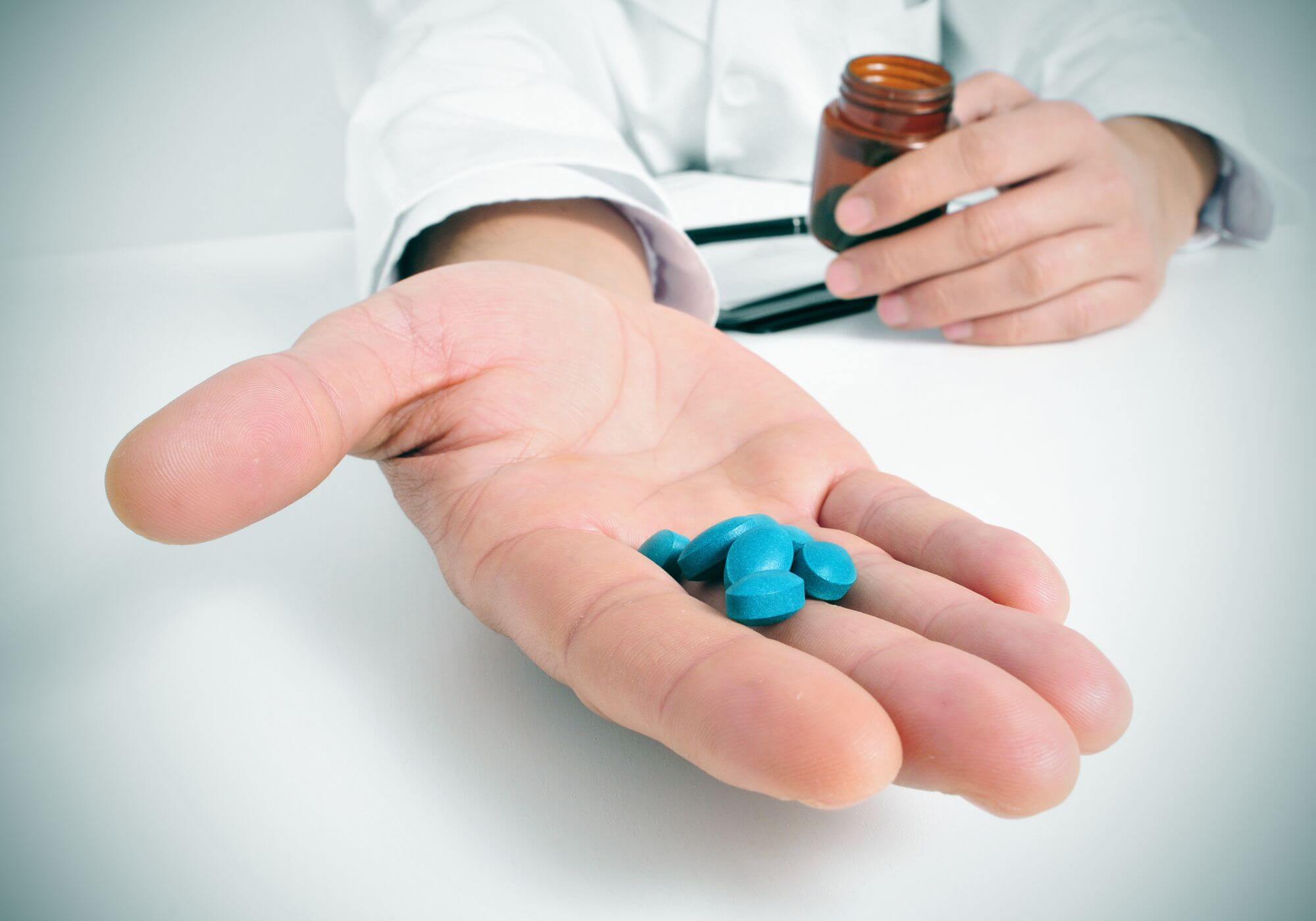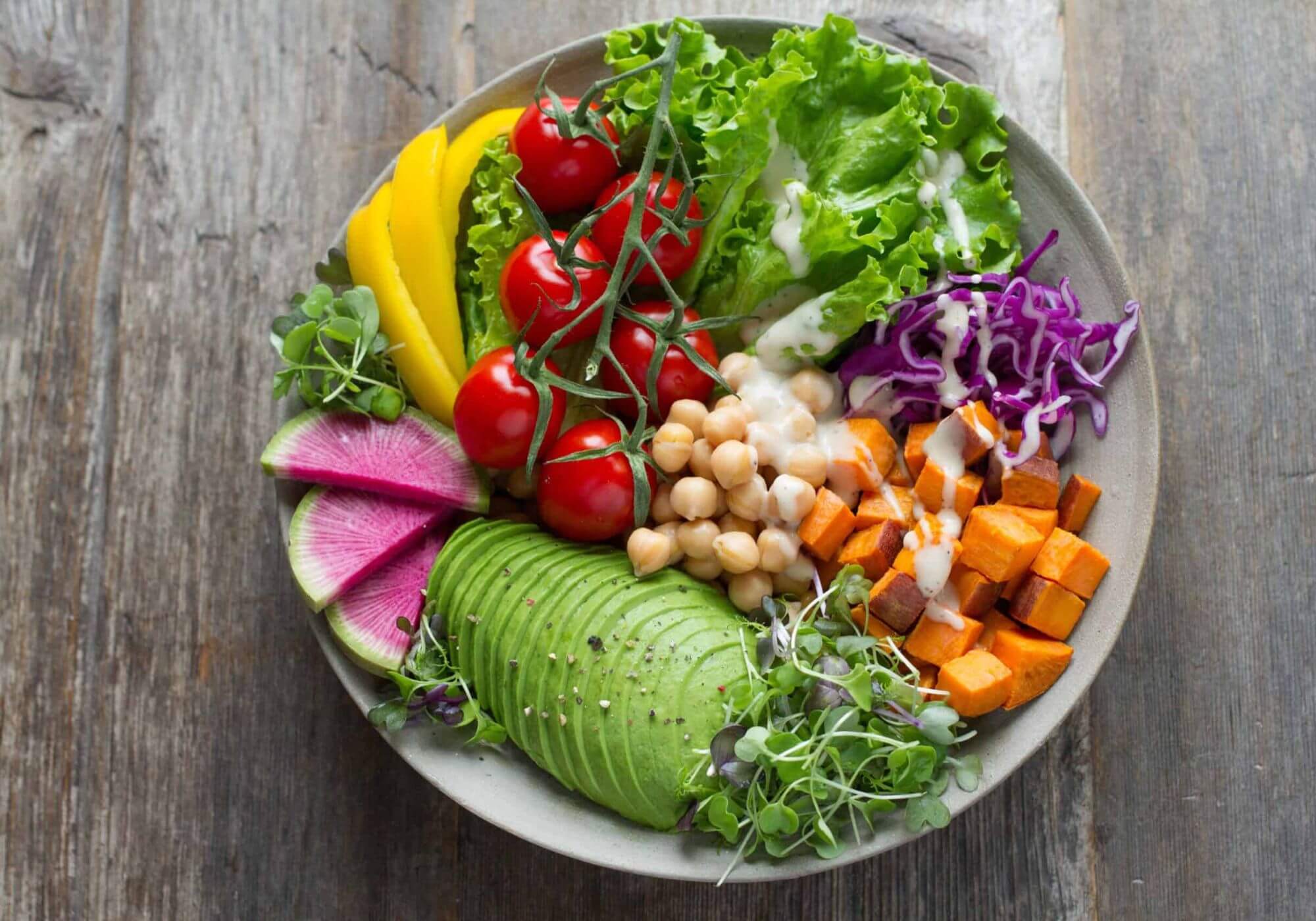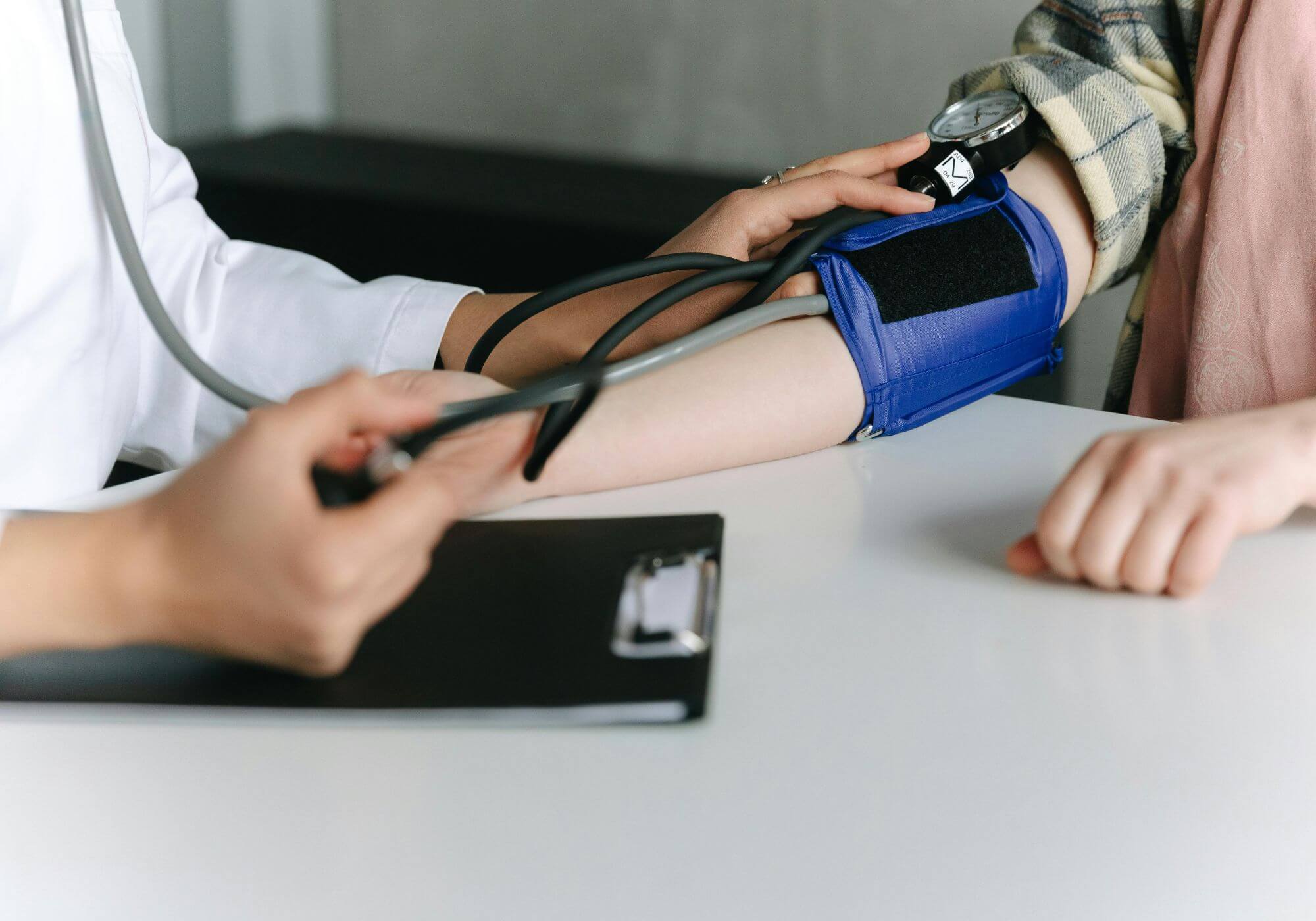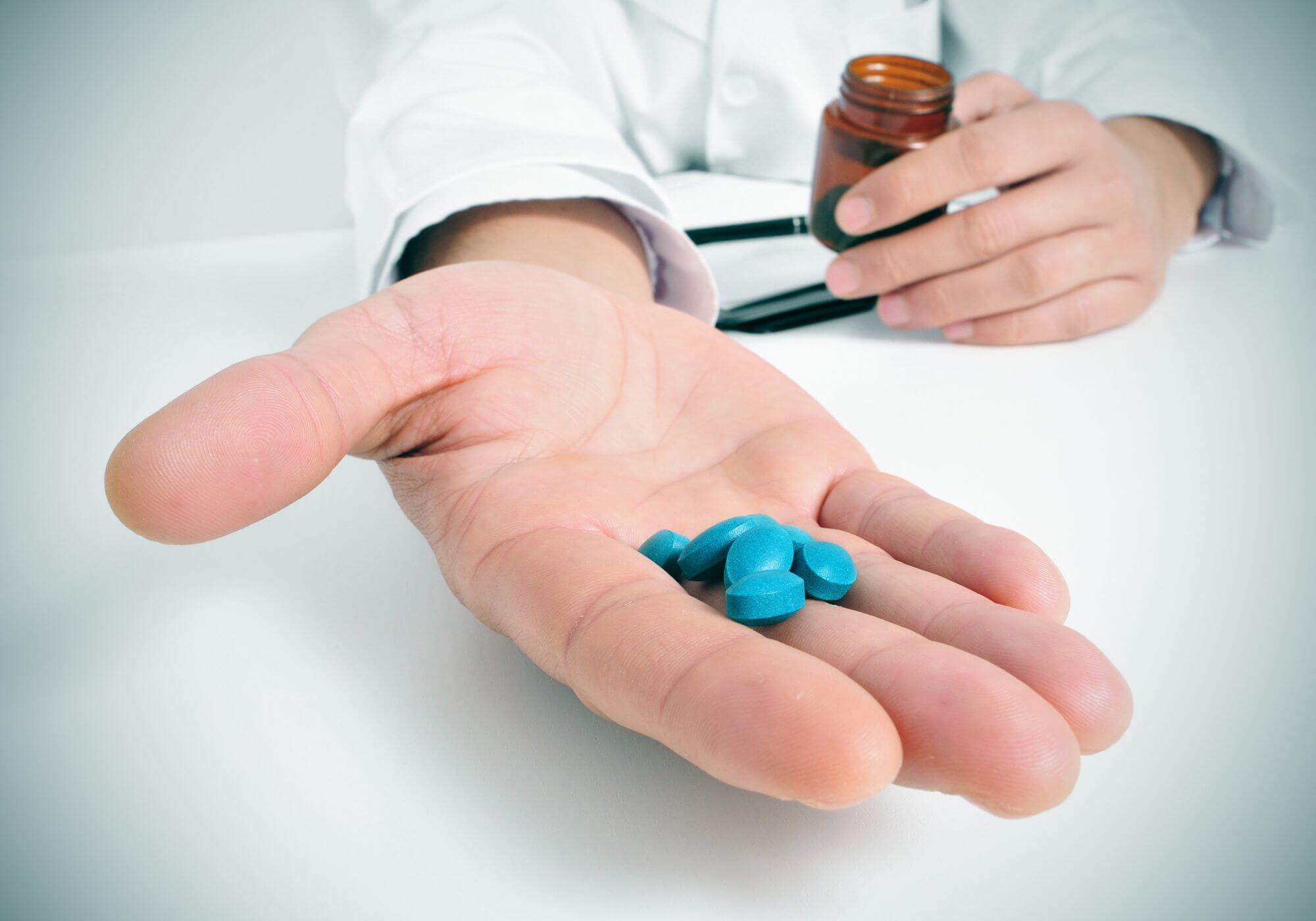Common Drug Interactions You Should Know
Written By - Cade Harrington
on October 18, 2025

Let’s get real for a second—our daily routines often include some kind of medicine, whether it’s a painkiller, vitamin, or something more long-term. But here’s the tricky part: not all medications play nicely together. Some can literally clash in your body, causing side effects or making the drugs less effective. These are what doctors call common drug interactions.
Now, that doesn’t mean you need to panic every time you take a pill. It just means being aware, reading the labels, and asking questions. Knowing the basics about common drug interactions is one of the smartest things you can do for your health—and it’s easier than it sounds.
So, grab a cup of tea, get comfy, and let’s walk through real-life examples of these interactions in a friendly, easy way.
1. Antibiotics and Birth Control – A Sneaky Surprise
Here’s a situation that catches many women off guard. You’re on antibiotics for a sore throat or infection, and life goes on as usual. But here’s the deal—some antibiotics, like amoxicillin, can interfere with how your birth control pills work. The result? The pill’s protection may drop unexpectedly, raising a risk you weren’t planning for.
It’s one of those subtle common drug interactions that doesn’t always cause symptoms—you won’t feel anything different until it’s too late. That’s why doctors and pharmacists often urge you to use backup protection like condoms during antibiotic courses.
This doesn’t mean you must stop antibiotics or birth control. It simply means staying alert. Awareness gives you control, and that’s the whole point. Tracking your cycle and talking with your healthcare provider can help you stay a step ahead.
2. Statins and Grapefruit – The Juicy Conflict
Think of this one as a breakfast-time betrayal. You wake up feeling healthy, pour yourself a tall glass of grapefruit juice, and swallow your cholesterol pill, usually a statin like atorvastatin. Simple, right? Except grapefruit doesn’t play fair with statins.
This citrus fruit actually blocks the enzymes your body uses to break down the medication. When that happens, more of the drug stays in your system than intended, which could lead to muscle pain or, in rare cases, liver problems.
But hey, don’t give up your fruit habit completely. The solution is often just as simple—space out your grapefruit or swap it for oranges. By keeping an eye on this common drug interaction, you’re doing your heart (and morning routine) a huge favour.
3. Blood Thinners and Vitamin K Foods – The Green Dilemma
Now, picture this: you’re on warfarin to prevent blood clots, but you love a good kale salad. The problem? Leafy greens like spinach, kale, and broccoli are rich in vitamin K, which helps blood clot. That’s great when you’re not on medication—but if you’re taking warfarin, it can interfere with the drug’s effect.
This doesn’t mean you need to ditch the greens. The real trick is consistency. Eat your veggies regularly instead of switching between feast and famine. Your doctor can then adjust your dosage based on your usual diet.
Monitoring this common drug interaction is like learning to dance—you and your medicine just need rhythm and balance. With a little mindfulness, you can still enjoy your favourite foods without worry.
4. NSAIDs and Blood Pressure Meds – The Pressure Build-Up
Got a headache and reach for ibuprofen? Most of us do. But when you’re taking blood pressure medicine, especially ACE inhibitors, that simple move might backfire. NSAIDs (like ibuprofen or naproxen) can blunt the effectiveness of those meds, leading to higher blood pressure and extra stress on your heart.
That’s one of those common drug interactions people rarely think about because it hides in plain sight. The good news? You have alternatives. Acetaminophen (Tylenol) is often a safer choice for occasional pain relief if you’re on blood pressure drugs—always check with your doctor first.
A tiny switch like that can keep your heart healthy and your stress low. It’s all about making everyday decisions that protect you in the long run.
5. Alcohol and Painkillers – The Risky Mix
Here’s a mix nobody needs: painkillers like oxycodone or codeine and alcohol. Many people mix them accidentally, thinking one glass of wine can’t hurt. But alcohol can dramatically intensify the sedative effect of opioids, leading to extreme drowsiness, dizziness, and even trouble breathing.
This common drug interaction can go from mild discomfort to life-threatening very quickly. The safest move? Avoid alcohol completely when taking opioid painkillers or prescription-strength pain meds.
Even with over-the-counter options like acetaminophen, regular drinking can be rough on your liver. When in doubt, check the label or ask your pharmacist before mixing medication and alcohol. A little caution now saves a lot of trouble later—and nothing’s more relaxing than knowing you’re safe.
6. Antidepressants and Cold Meds – The Mood Swing Alert
Cold season can be rough—and when your head is stuffy, reaching for a decongestant feels instinctive. But if you’re also on antidepressants (especially SSRIs like sertraline), that combo can raise serotonin levels in your brain too much. The result may be agitation, tremors, or, in rare cases, something called serotonin syndrome.
This is one of those common drug interactions that hides behind the counter because both meds seem harmless on their own. So, when you’re under the weather, check with your doctor or pharmacist before picking up any cold or flu medicine.
Simple remedies like saline sprays, steam inhalation, and rest can often do the trick without putting you at risk. You will be calmer, recover fast and keep your mood balanced even if you are fully aware of what is safe.
7. To Stay Smart with Common Drug Interactions- Wrap It Up
Knowledge is a true power, and this is one message that is to carry. Understanding Common Drug Interactions is not just about living in the fear but also to charge about your health with confidence. Most medication mix-ups are completely preventable once you know what to look for and ask the right questions.
Before trying anything new—whether it’s a vitamin, supplement, or even an over-the-counter remedy—have a quick chat with your doctor or pharmacist. You can keep a simple list of your current medications which include supplements. You’d be surprised how helpful that list can be during emergencies or when visiting a new healthcare provider.
Technology is your friend here, too. There are apps designed to track your prescriptions, send medication reminders, and even alert you about possible Common Drug Interactions. If you have a quick check on your phone, you can save from a major headache later. You need to manage the meds properly. When it comes to daily pills and potions you need the same mindfulness and understand the basics to keep your ride smooth and safe.
If you the correct information you are not just following instructions but also protecting your healthy wisely. You’ll remember why spacing out grapefruit matters, how leafy greens can still work alongside warfarin, and why the fine print on your prescription label deserves a quick glance. It’s not about giving things up—it’s about finding balance. Being health-smart is never about restriction; it’s about wisdom.
Here now you are not just taking the medicines but also “mastering” how you can adjust into your lifestyle. Every pill and sip with meals can be blend well into your wellness routine and once you understand interaction. Treating your body with respect is what your body deserves which makes the conscious choices. Stay aware and curious and always remember that taking care of yourself is the most powerful medicine.
More Blogs













